January 7, 2020
Wen Gu is a postdoctoral researcher at the Children’s Medical Center Research Institute (CRI). He works in the lab of Dr. Ralph DeBerardinis as part of the Genetic and Metabolic Disease Program (GMDP) where he is part of a team researching genetically determined metabolic diseases that affect children.
What are you researching?
I study a group of rare, genetically determined metabolic diseases called inborn errors of metabolism (IEMs) that affect kids. Children with these metabolic deficiencies often have neurological manifestations such as seizures, cognitive and behavioral problems, language delay, and many other serious issues. Traditionally, IEMs were often studied using skin cells from patients. However, this is not an ideal system if you want to understand neurological dysfunction because a patient’s skin cells may not be reflective of the biology in the brain. To address this problem, we have reprogrammed patient-derived skin cells into stem cells and then guided these cells into neural cells to better understand how metabolic deficiencies affect neural-cell functions. This will help us gain insights into the underlying mechanisms of IEMs so ultimately, we can provide physicians and other researchers with new diagnostic tools and patients with therapeutic options they are sorely lacking.
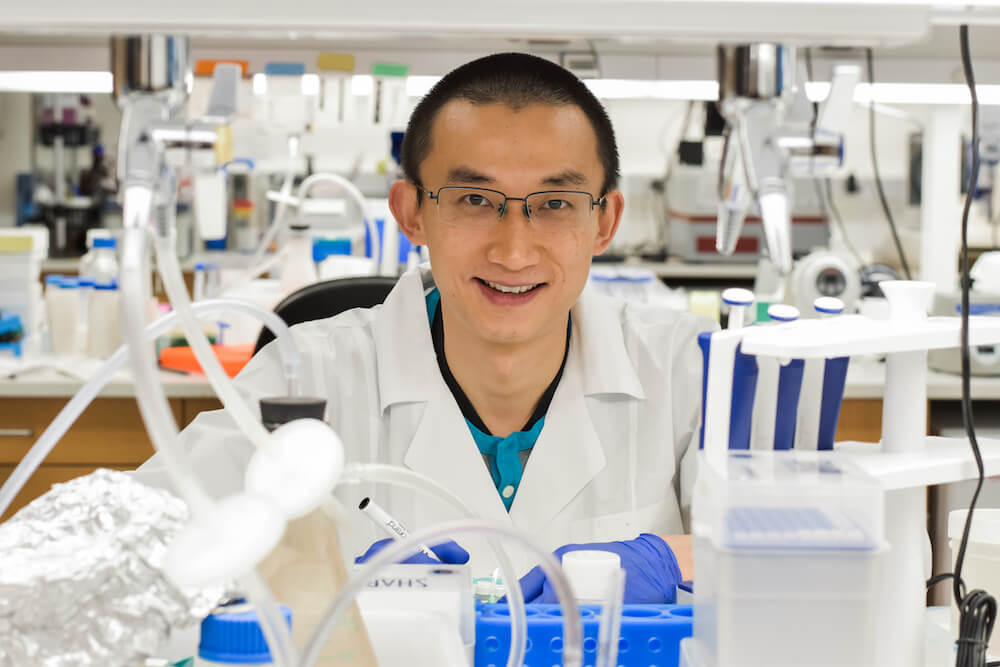
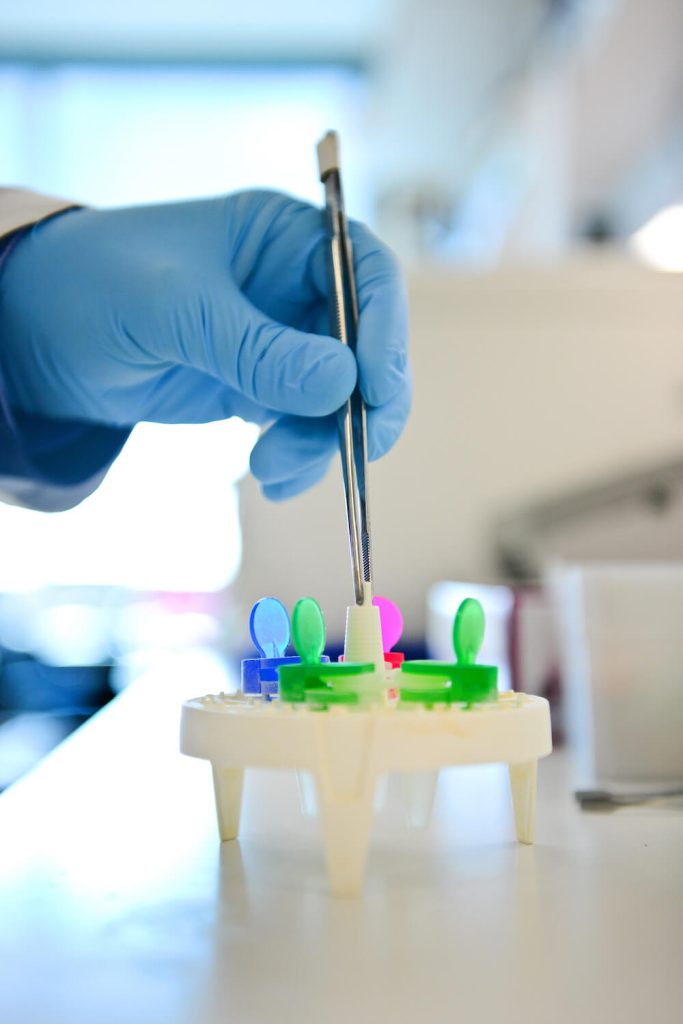
What have you discovered so far?
Using this new model we have confirmed that patient-derived neural cells exhibit a distinct metabolic profile compared to skin or stem cells from the same donor. We have also discovered a metabolic gene involved in the pentose phosphate pathway that could be especially important for the proper development of neuronal cells.
More importantly, our team, including Ralph, Drs. Min Ni, Tom Mathews, Feng Cai, Danny Vu, and medical student Jordan Franklin were able to diagnose a pair of siblings with a condition called L-2-Hydroxyglutaric aciduria (L-2HG aciduria). We conducted both genome sequencing and 2HG isomer quantification by mass-spectrometry to confirm the diagnosis. We are in the process of determining the mechanistic link between increased L-2HG and the neurological manifestations in patients using the stem cell-based model system established in the DeBerardinis lab. Currently, we have very limited understanding of the disease and do not have effective, specific treatments for the condition. That’s also why we are using our system in an effort to understand more about the underlying mechanism of this disease.
What led to your career in science?
I wasn’t the most athletic kid growing up, but I was more or less healthy until one winter in high school when I got sick all of a sudden. What started out as a pulmonary infection ended up turning into an immune response that led to me spending two weeks in the hospital. I had a lot of downtime, so I started researching my illness and reading medical books. I remember I was disappointed to learn that, at the time, my condition had no specific treatment other than symptomatic treatment, which basically meant they were treating my symptoms and not the root cause. Luckily, I turned out to be fine in the end, but the experience left a deep impression on me that there were so many areas in medicine where research was needed to develop specific treatments.
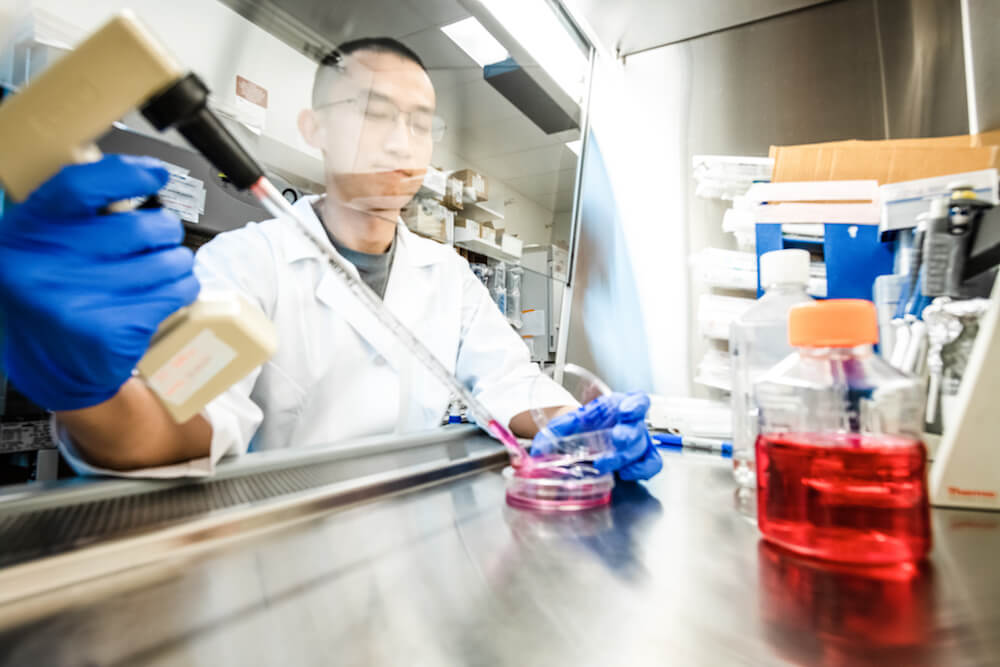
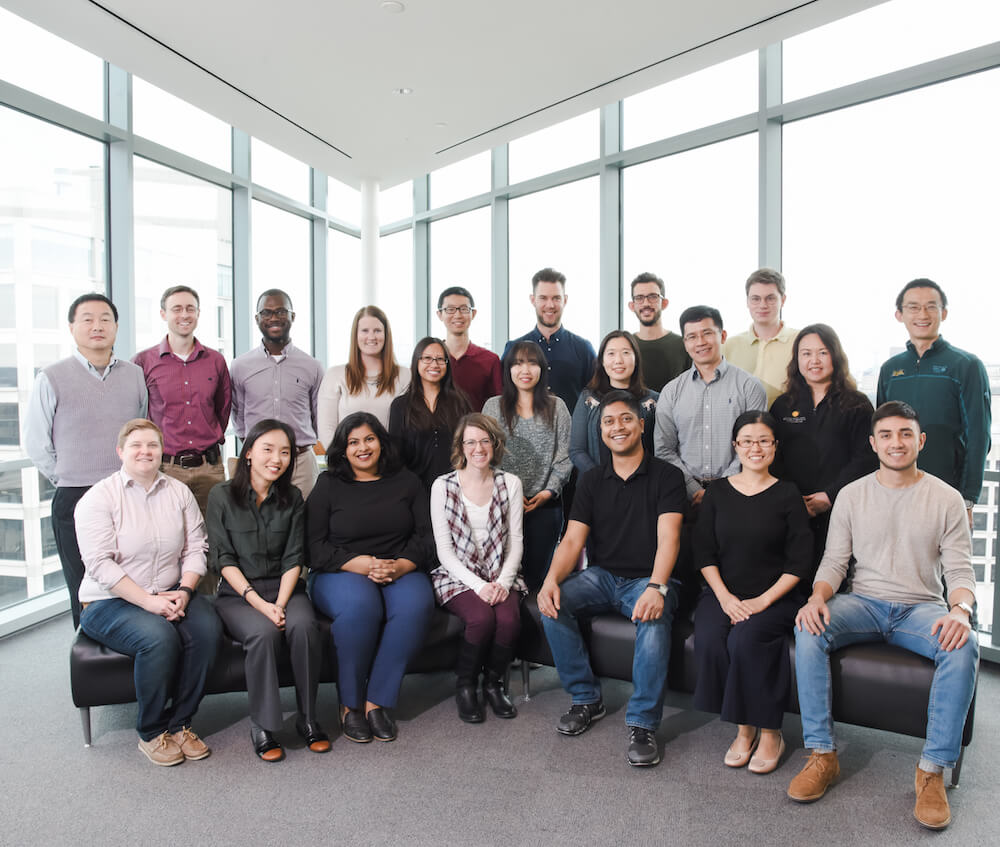
How did you end up in CRI?
I have always been interested in stem-cell metabolism, and when it came time to look for a postdoc position, I knew I wanted to join Ralph’s lab. At that time, his lab was already a prestigious name in the field, and he was doing some really cutting-edge stuff related to metabolic-flux analysis that very few people were. Then, after meeting with him and his entire lab, I was convinced that not only is he an exceptional scientist and physician but also just a very caring person. I could tell right away that he cares about the suffering of his patients and about training his postdocs and clinical fellows to do exceptional work.
Also, I liked that his lab is a mix of scientists and clinicians. Working alongside physicians brings a new perspective because they are treating and interacting with patients in a way bench scientists do not. It motivates you in a different way.
What do you like to do when you’re not in the lab?
I enjoyed backpacking and taking canoeing trips when I was a graduate student in California. I look forward to getting closer to the wilderness again in Texas when our kids become a little older. We currently have a two-year-old boy and a baby girl on the way. I can’t wait to explore Texas with them.
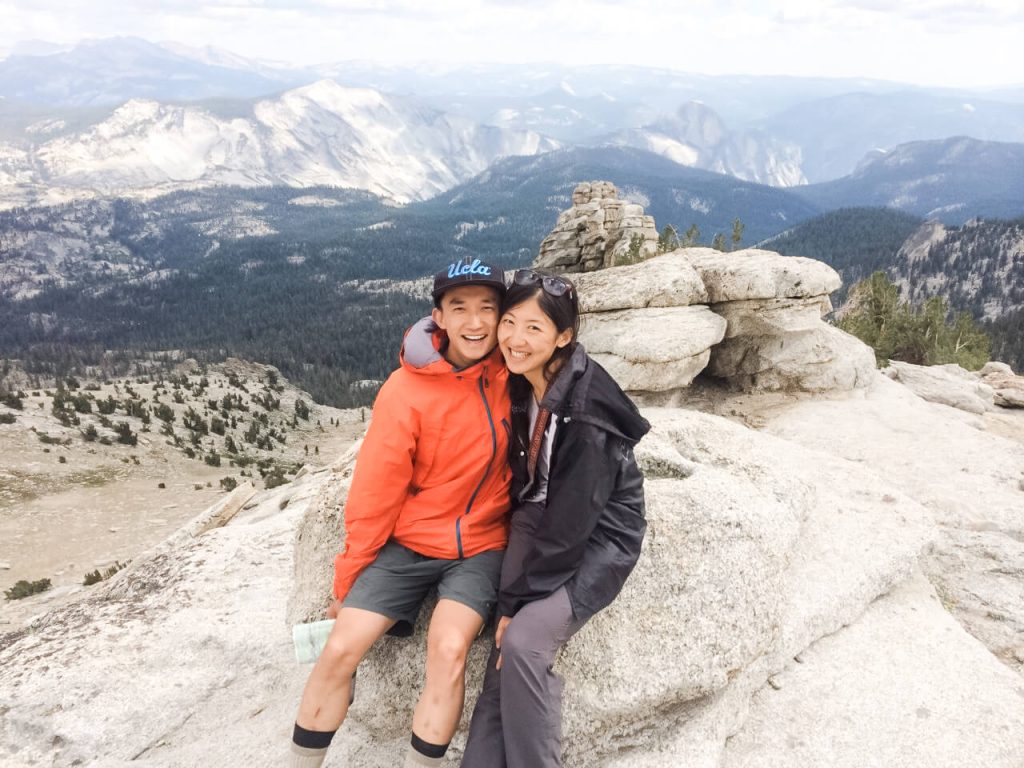
© 2025 Children’s Research Institute Dallas Texas | Privacy | Site Policies